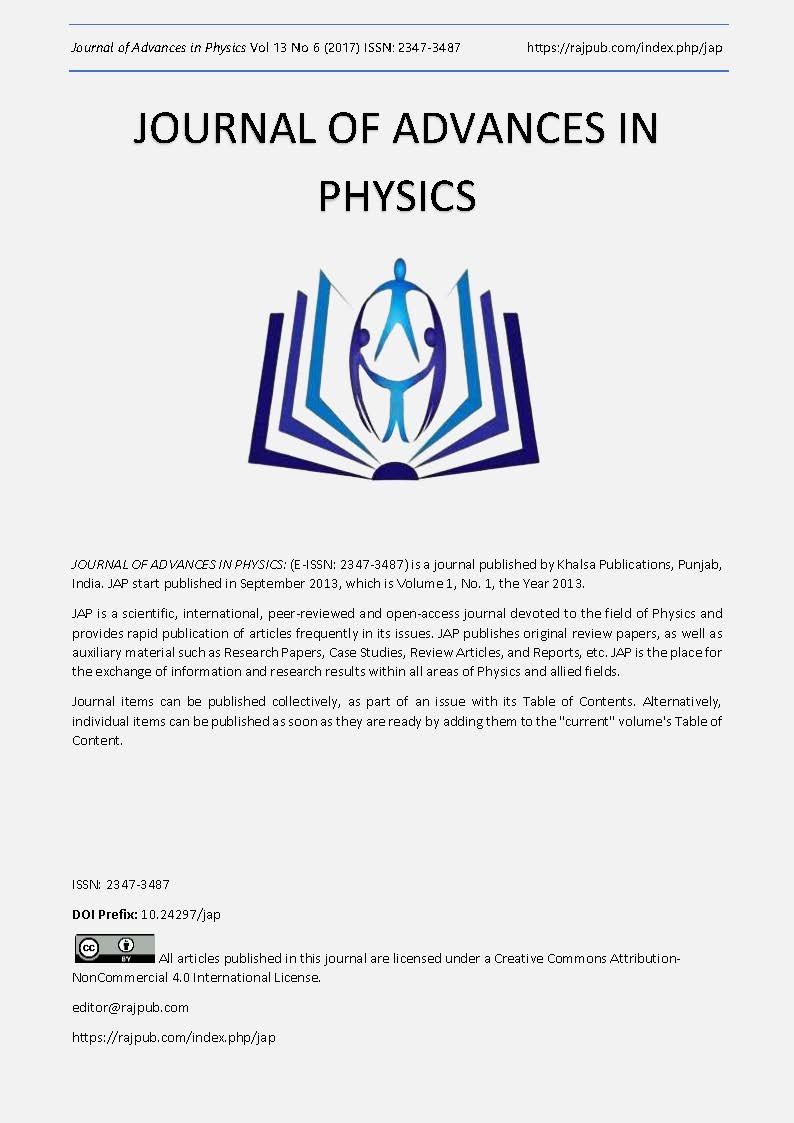RADIOACTIVE EVENT BIFURCATION - AN EXAMPLE OF DISTRIBUTION
DOI:
https://doi.org/10.24297/jap.v13i6.6214Keywords:
bifurcation, nuclear disintegration, Lommel functionsAbstract
The present text contains a proposal to analyze the behavior of a beam of particles that, due to some physical mechanism, is divided into two. For the purpose of clarification, we emphasize that the term to be used to designate the process that has occurred will be bifurcation. This fact, we inform that the pretension of this article is to discuss probabilistically the effect of the bifurcation of the beam establishing a distribution function with calculations of its standard and average value. The expectation is also to be able to discuss the characteristics of the function and analyze, mainly its average value, as a function of the average number of incidents and suppressed events. It is intended to direct the analysis, preferably, towards a possible comparison with phenomena reported in the literature, notably facts that are linked to possible distortions caused by the measuring system, supposedly mounted by an observer, in order to monitor the bifurcation mechanism.
Downloads
Downloads
Published
How to Cite
Issue
Section
License
 All articles published in Journal of Advances in Linguistics are licensed under a Creative Commons Attribution 4.0 International License.
All articles published in Journal of Advances in Linguistics are licensed under a Creative Commons Attribution 4.0 International License.




